Fertilizers improve the quality of your soil. Your plants will thank you for it; it will be easier to grow them especially if they thrive in moisture-rich soil. Clay soil is already fertile since it retains water well, but how do you introduce more nutrients into the mix and embed them in the roots? We have researched the answers for you.
Here are organic materials you can combine with your clay soil to increase their nutrient content:
- Manure
- Compost
- Moist peat moss
- Composted bark
- Sawdust
- Composted leaves
- Scotts turf builder
Improving the quality of clay soil depends on the amount of fertilizer you put in. Sometimes, you will also need to amend clay soil if you want to put more variety of plants into your garden. Keep reading below to learn more about how to make your clay soil work with various types of plants.
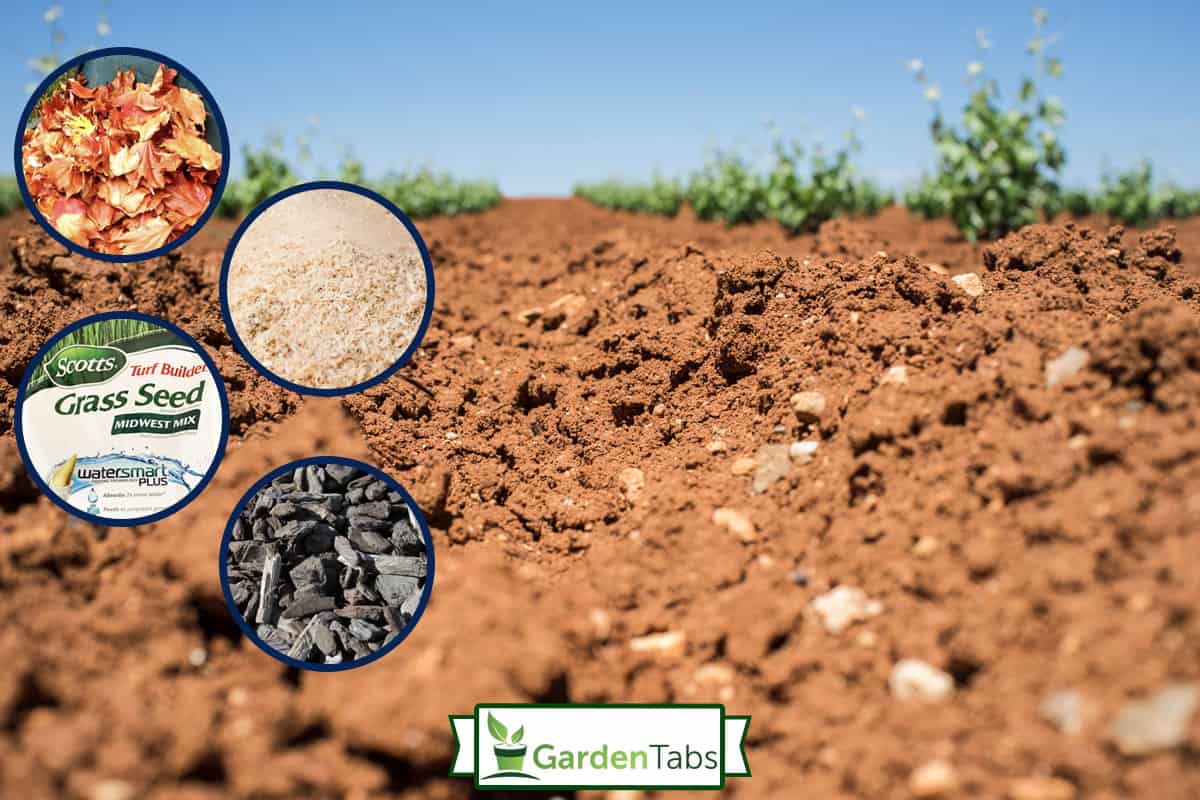
7 Best Fertilizers For Clay Soil
Clay soils can hold a lot of water and nutrients, so it's best to take advantage of this especially when you have high-maintenance plants that require a lot of it.
Clay soil can retain water and nutrients better since it's made with fine and compact particles that make it heavy, essentially "trapping" the water that enters through it.
However, since clay soil is highly compact, there is less space for air, and plant roots can suffer a drop in oxygen content. To compensate, gardeners mix compost material containing low nitrogen into the soil.
This is only one of the few important benefits that fertilizers offer. Here are other types of fertilizers that will improve the health of your soil and ensure steady plant growth.
Manure

Some of the best ways to fully utilize the benefits of manure are by mixing it with compost and by tilling it into the clay soil.
You can use many kinds of manure—from cows, horses, or chickens. Manure conditions the soil to perform better, so they are an essential ingredient when trying to improve soil quality.
Adding manure to clay soil will help loosen them a bit, allowing for the water to drain and go to other parts of the plant for maximum nourishment and preventing root drowning.
Compost
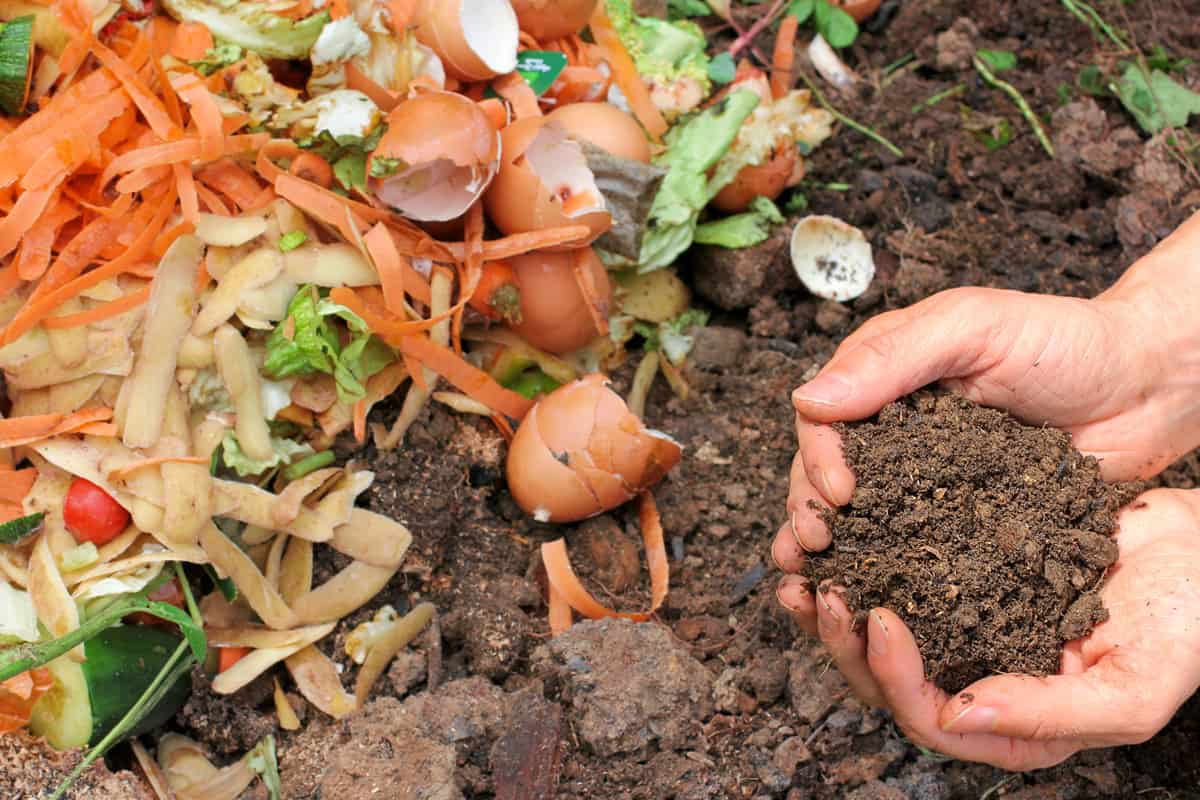
Compost fattens up the soil by interacting with inorganic elements, which in this case, is clay.
The consistency and ingredients will attract earthworms that will introduce the nutrient cycle in which energy and matter interact with one another as they transfer between organisms, making the soil healthier.
This will allow for better soil aeration and soil drainage, which will make your plants thrive.
Aside from that, compost will prevent erosion as well. It loosens the compact particles present in clay soil, improving its overall structure.
It prevents run-off as well during a rainy day, lessening the amount of water wasted and letting the soil utilize every drop.
Moist Peat Moss
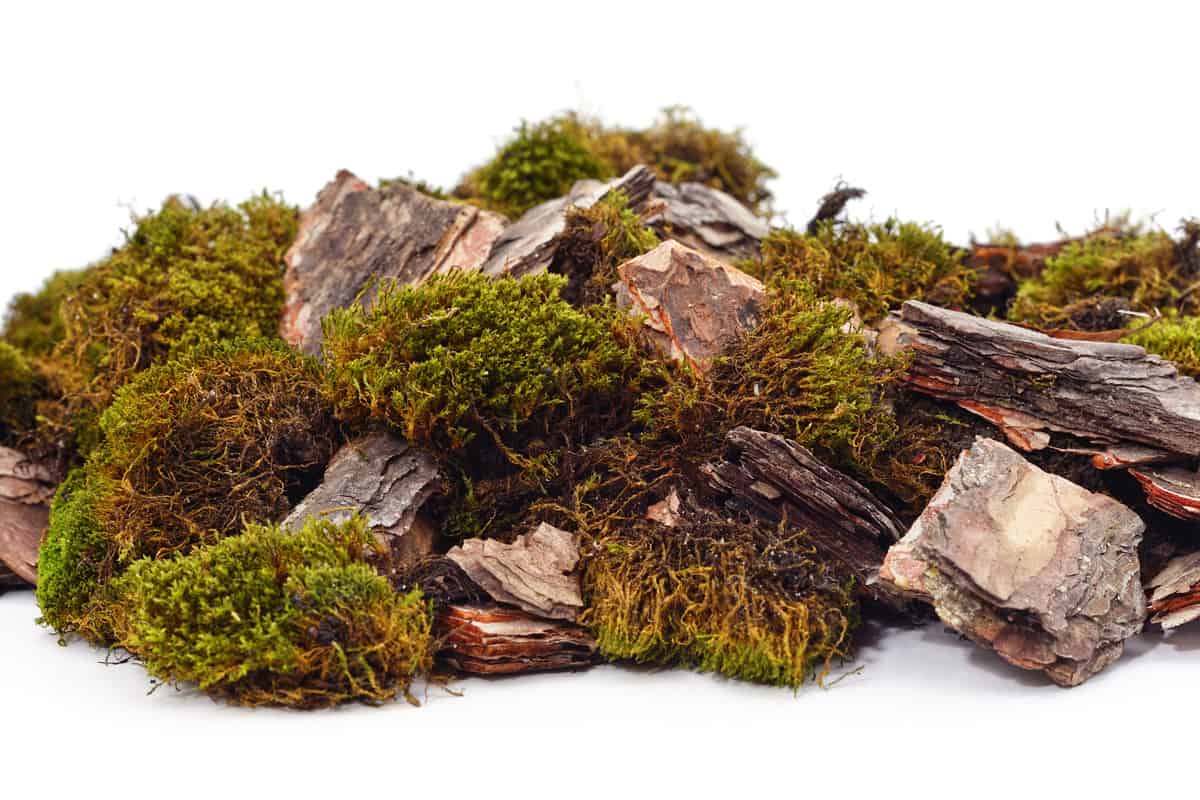
Although clay soil is known for its superb water retention, it doesn't mean it's bound to have moisture all the time—and that's where moist peat moss comes in.
Peat moss is formed when sphagnum moss (typically found on top of bogs) starts to decay. The decay becomes a dense and absorbent moss that you can utilize to help clay soil.
Peat moss will prevent the soil from drying out since it holds moisture well. This is essential since clay soil is difficult to water once it has dried up. It improves air circulation within the roots, and it also helps drain the water better during a rainy day.
Read more: How Much Peat Moss To Add To Clay Soil
Composted Bark
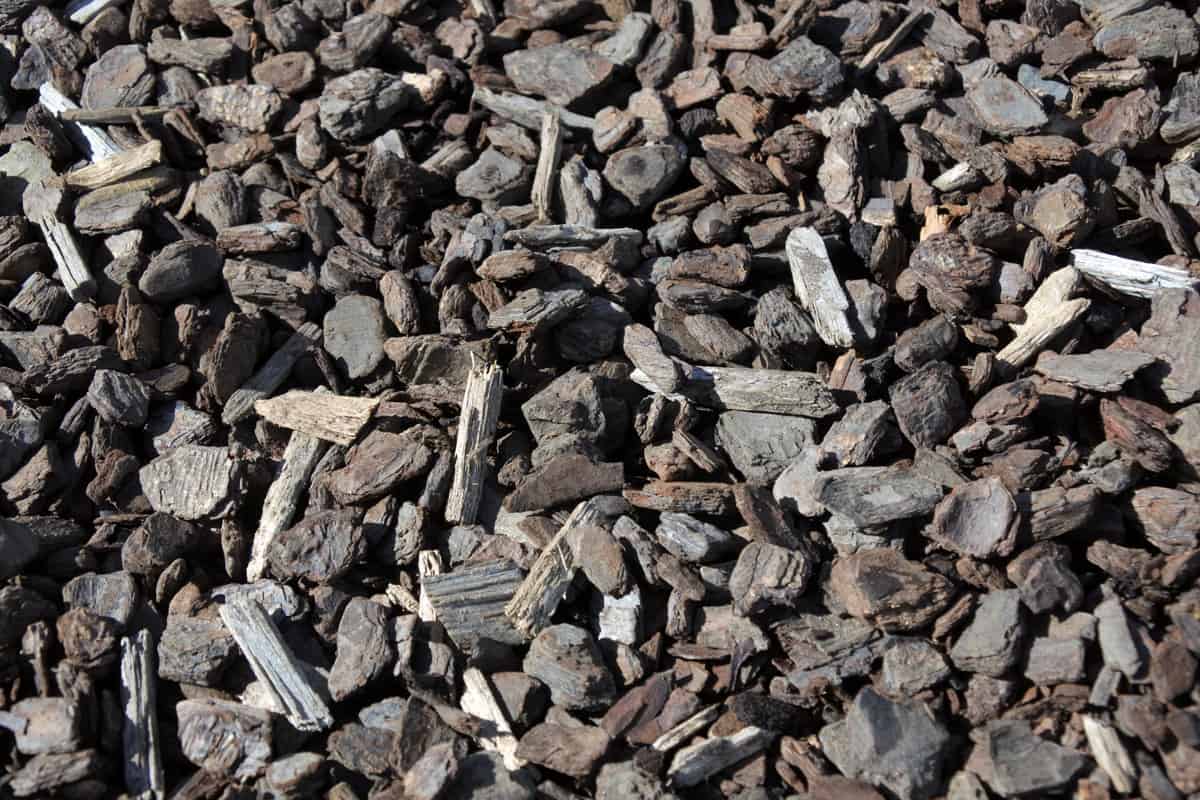
Composted bark not only improves soil health but also benefits your garden's ecosystem.
It has all the benefits that you'll look for in a soil fertilizer such as it improves the soil structure that makes air circulate better, preventing erosion and loosening clay soil.
However, aside from this, it also interrupts the growth of weeds which compete for the resources meant for plants, attracts beneficial organisms, and stops pests from infiltrating through the chemical thujone which deters harmful insects.
Sawdust
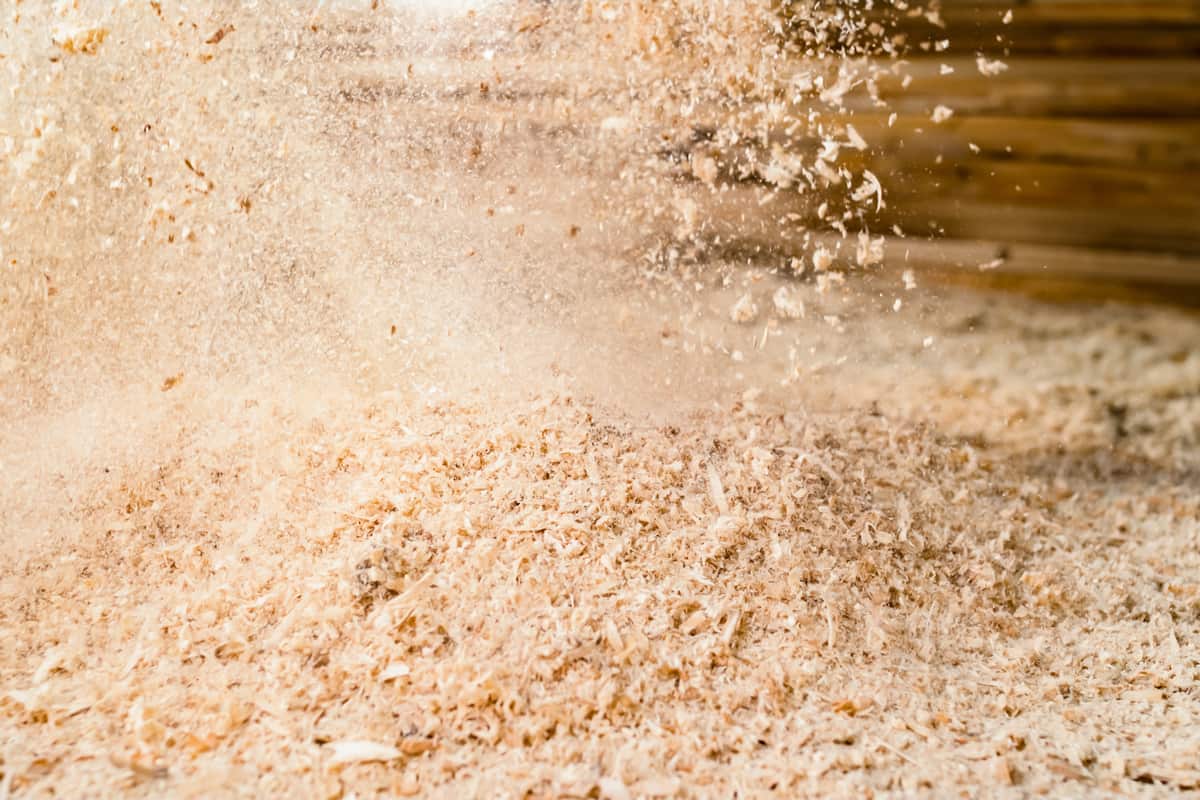
Sawdust is highly beneficial for highly compact soil such as clay soil since it retains moisture, improves soil texture, and increases the organic matter in the soil.
However, don't forget to mix the sawdust with grass clippings to inject nitrogen into the soil.
If your soil has nitrogen deficiency, your plants won't be able to produce proteins and enzymes which are necessary to keep your plants alive.
If you're yet to plant anything on the soil, it is best to mix in sawdust 4-6 months ahead of time to allow it to decompose well and not get rid of the nitrogen content in the soil.
However, if you're planning to apply it to your plants, put in small amounts to allow for the presence of nitrogen. Mix in grass clippings or coffee grounds if you need to put a higher amount of sawdust to prevent nitrogen deficiency.
Composted Leaves
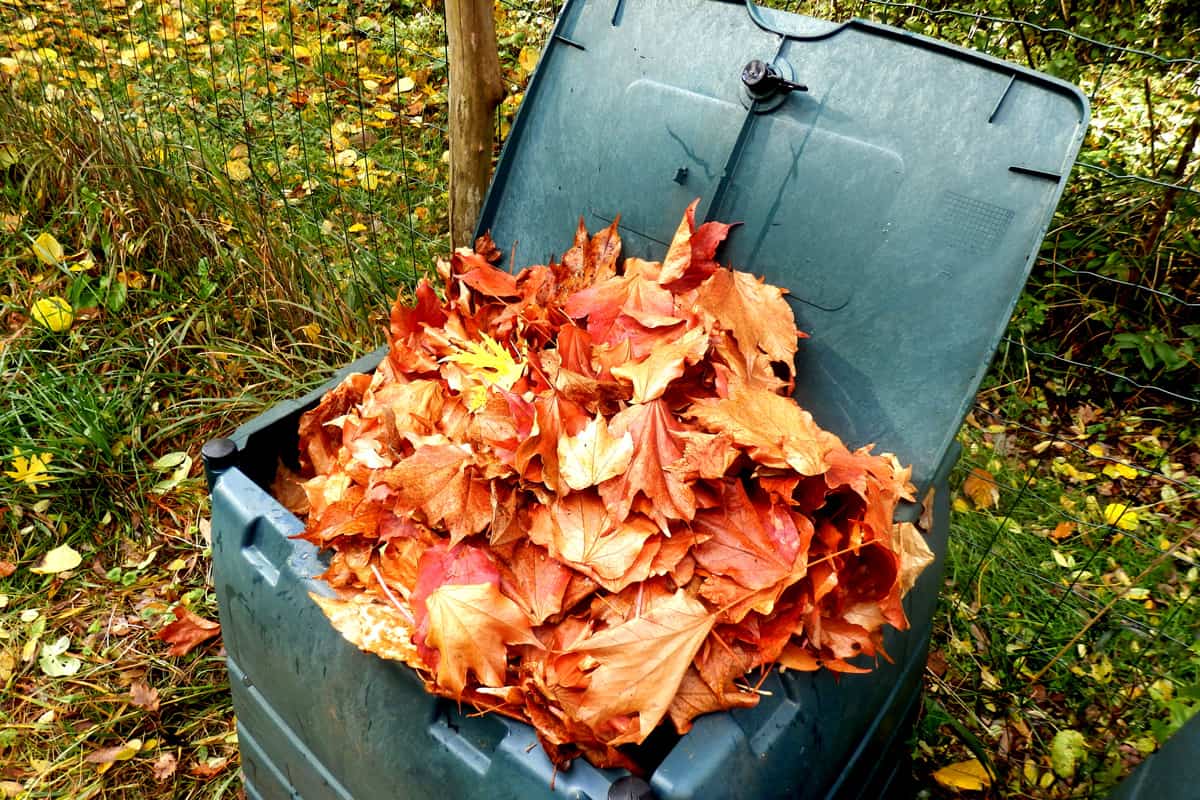
Leaf compost can loosen clay soil, making it drain better and prevent your plants from drowning. When mixed with mulch, it prevents weed growth and injects necessary nutrients into the soil. You can also crush the leaves and use them as a top dressing by spreading them across your garden.
Scotts Turf Builder
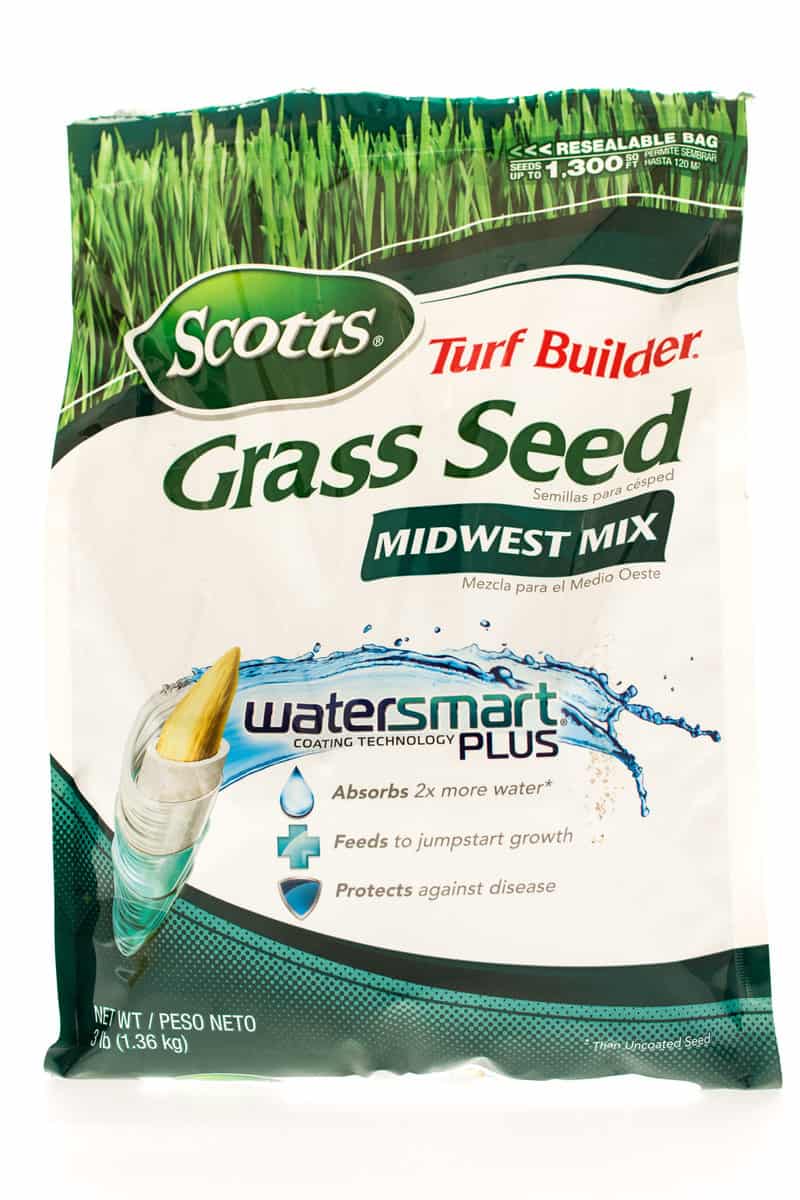
This fertilizer is ideal for grass lawns planted in clay soil since it prevents weeds from growing and eating up the nutrients meant for your grass.
It is an ideal alternative if you want to get rid of weeds without going for a harmful chemical that could have possible side effects.
Since it improves the quality of the soil, your grass will appear thicker and healthier, elevating your lawn's look. However, note that this is a synthetic fertilizer that can have possible side effects.
If you are not willing to risk it, it might be best to opt for more natural fertilizers as your long-term solution.
Check out this fertilizer on Amazon.
Read more here: Can Grass Grow In Clay Soil? [Inc. The Best Kinds To Use]
Is Clay Soil Difficult to Plant into?
Some gardeners see clay soil as being difficult to work with because of its thickness and texture.
It is highly compact, thick, heavy, and sometimes sticky, so you will need to work harder and look for a workaround to make a variety of plants thrive on them.
However, once you figure out how to work with them, they have a lot of benefits that will be good for moisture-loving plants. They tolerate long periods of drought, and they are packed with nutrients that help plants grow healthy.
Of course, you'll need a lot of time and resources to amend the soil in order to make it work with a variety of plants.
What Should You Plant on Clay Soil?
Familiarizing yourself with the plants that thrive in clay soil naturally will make things easier for you. The necessary work will be lower, and the roots of the plants will be tough enough to pierce through the compact soil.
Here are plants you can try planting on clay soil.
Black-Eyed Susan
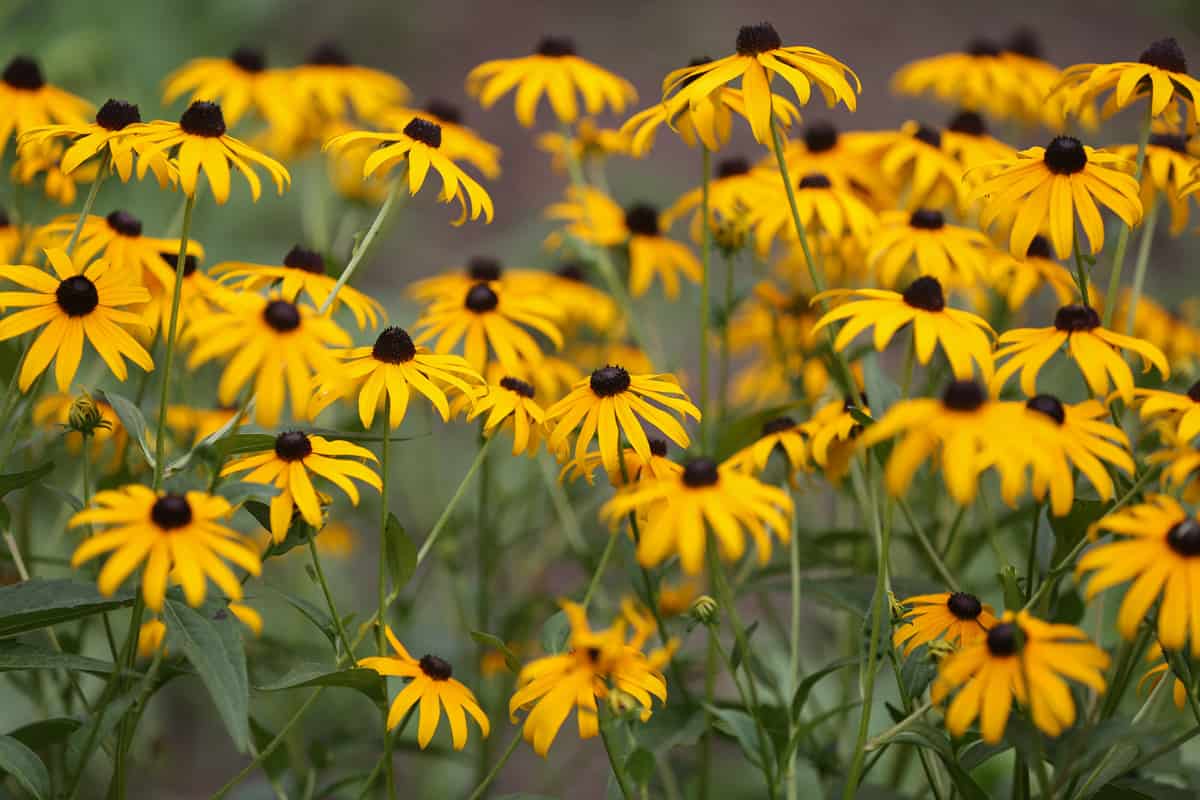
True to its name, black-eyed Susans have a dark pistil and flaring yellow or orange petals. They thrive in moisture-rich soil which clay soil can offer, although you will need to amend it to have better drainage.
Plant these flowers under full sun to make the flowers bloom. The petals will change color during the autumn, turning a shade of orange.
Blazing Star
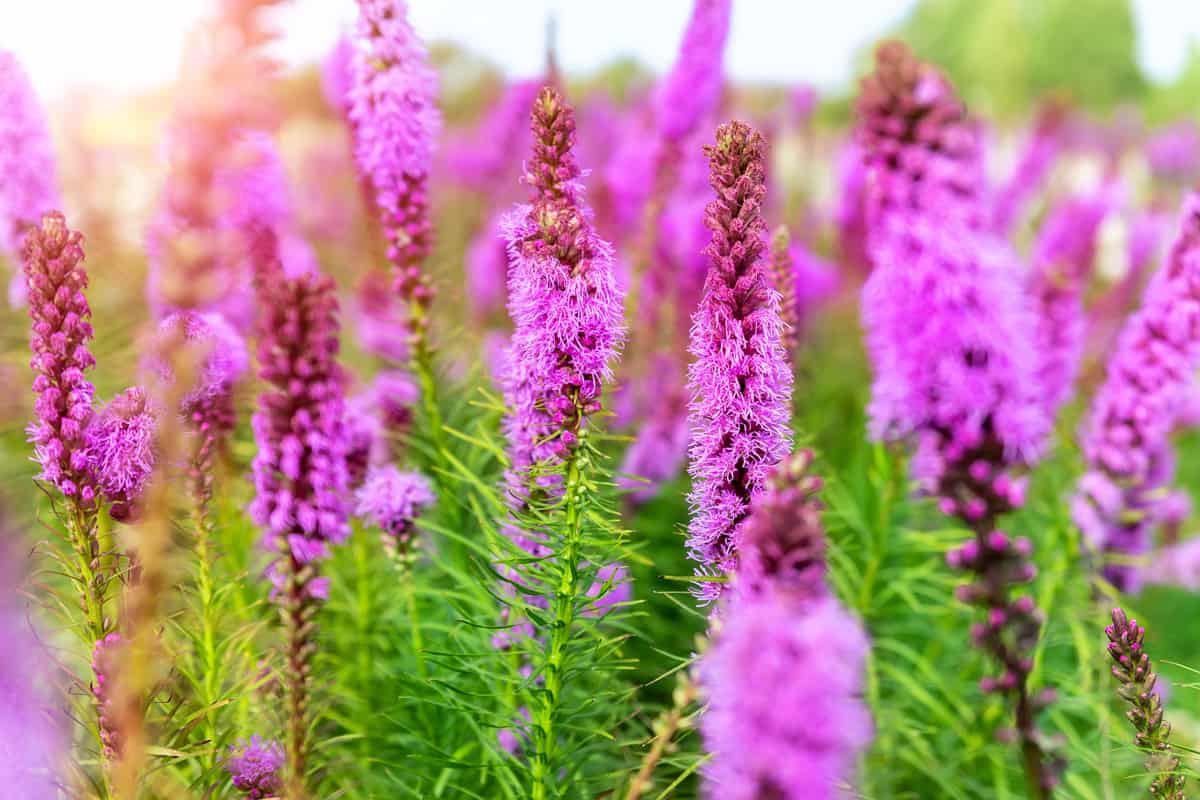
Blazing stars plants thrive in more fertile soil. Their blooms come in red-purple and white, and they attract monarch butterflies which can improve pollination in your garden.
Make sure you plant them under full sunlight to make the glassy foliage bloom and give your garden a pop of color.
Butterfly Weed
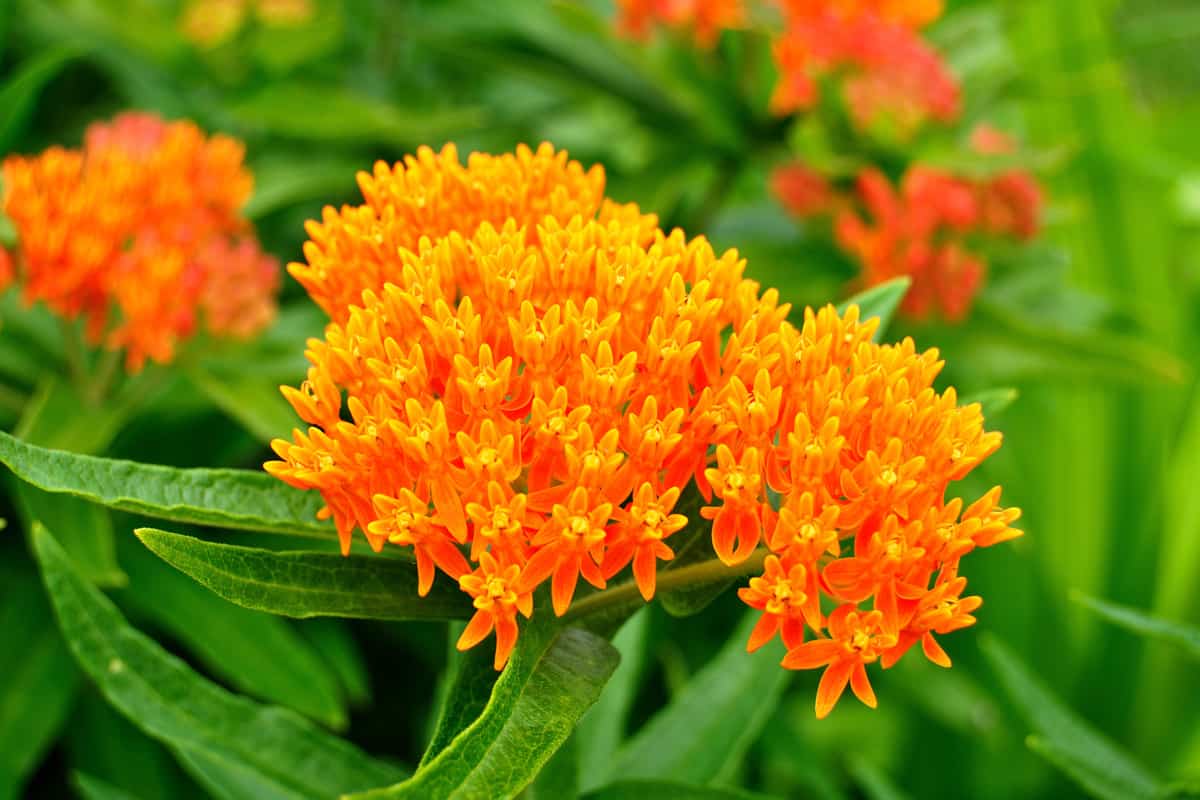
Butterfly weeds attract butterflies and bees which can improve the ecosystem in your garden. They fare well in clay soil, although they are naturally drought tolerant. Make sure you mulch your soil well to make it well drained.
Clematis
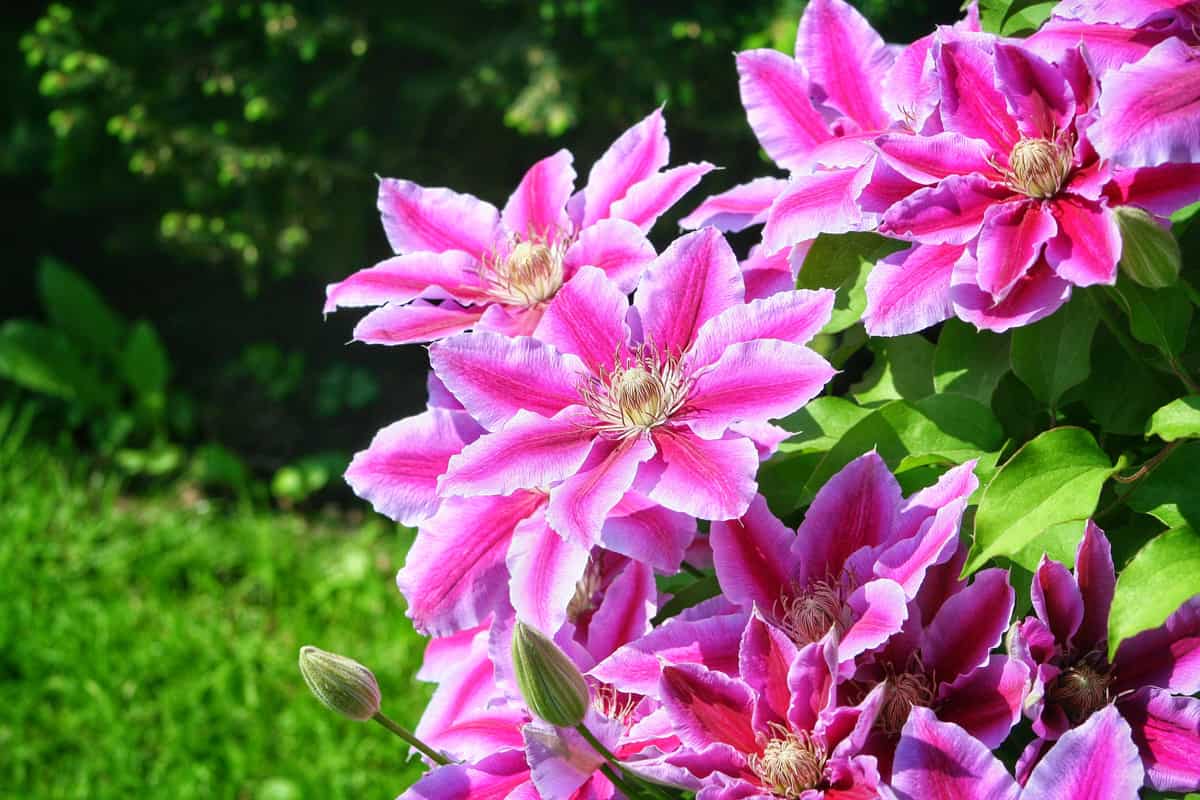
This climbing plant thrives in clay soil since it needs a lot of moisture for the purple blooms to appear. It provides visual appeal throughout the year as it changes color throughout the season.
Final Thoughts
Although clay soil is packed with nutrients, it still needs organic material and fertilizer to make the soil work with a variety of plants.
It's important to amend them since they are highly compact, and they won't be able to fully grow a plant if the water and nutrients can't travel through the roots.
Make sure you observe your soil closely and apply organic materials when necessary to make your garden more fertile.

